If you’ve ever admired the delicate beauty of Queen Anne’s lace flowers swaying along the roadside, I have just the flower for you. Cut flower gardeners, take note—if you’re not already growing ammi, you should definitely give it a try. Let’s explore this charming plant, which is perfect for cut flower arrangements and a wonderful addition to any garden.
What is Ammi?
Ammi, also known as False Queen Anne’s lace, is a lovely annual that is ‘self-sowing,’ meaning you only need to plant it once. As long as you leave some seed heads to dry, it will continue to grow year after year. While it looks very similar to Queen Anne’s lace, ammi has a significant advantage—you won’t find it on any invasive species list in the United States.
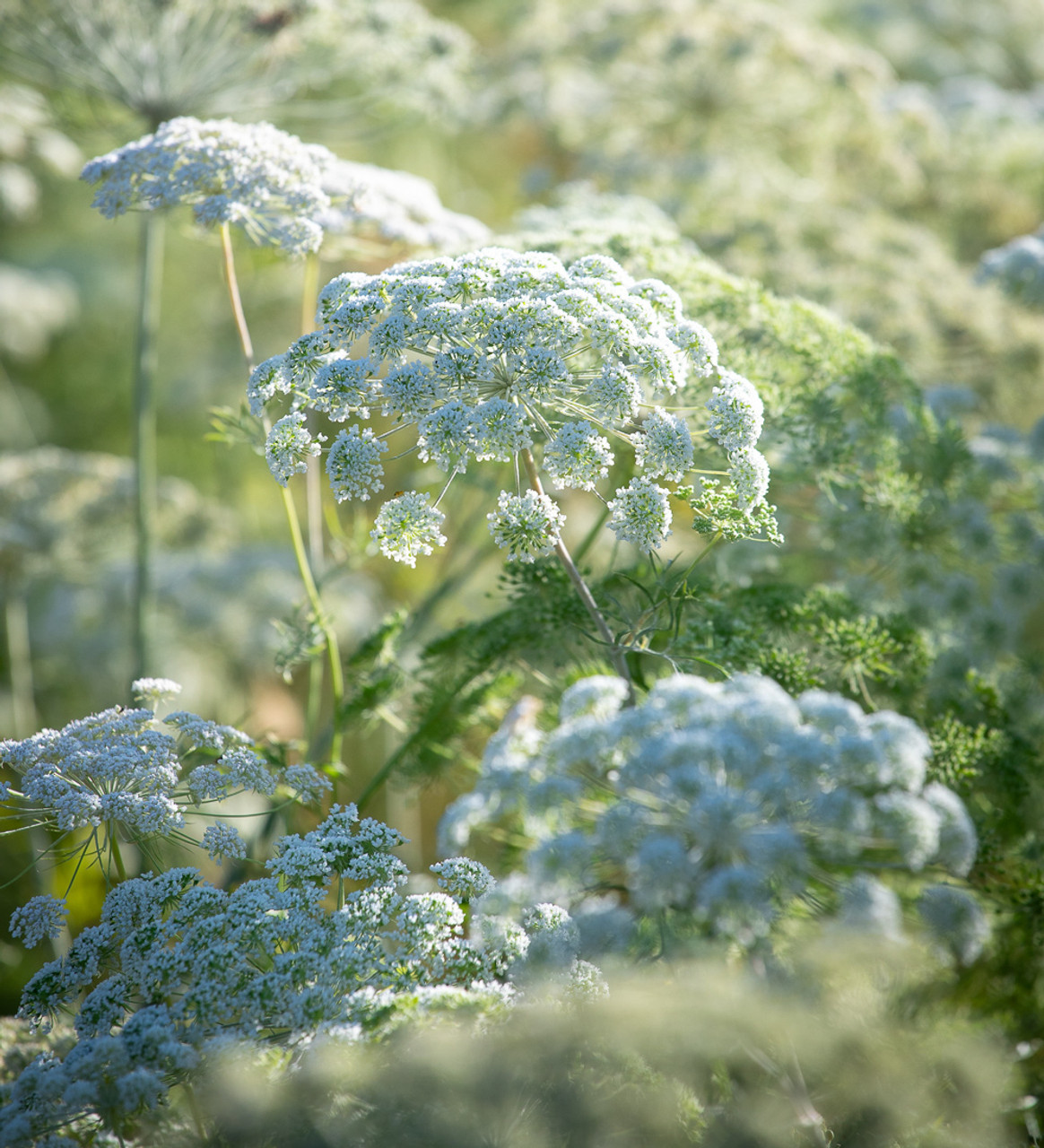
This easy-to-care-for flowering annual adds a lot of texture and character to summer gardens. It’s also a fantastic addition to cutting gardens for the same reason. One of its species has even received the prestigious Award of Garden Merit from the Royal Horticultural Society. So, let’s dive into what makes ammi so special and how you can grow it in your own garden.
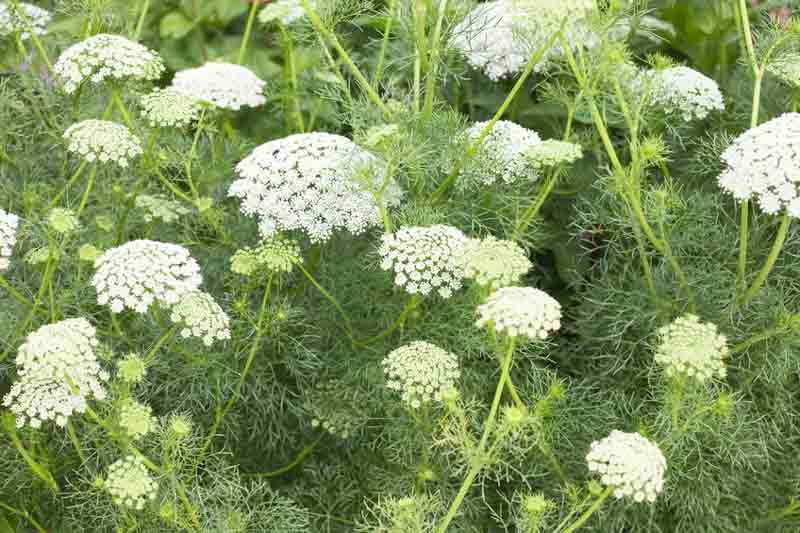
History
Historically, ammi has been highly valued for its medicinal properties. Its name was given by the Greek physician and botanist Pedanius Dioscorides. The word ‘ammi’ comes from the Greek word for sand, as the plant is commonly found in sandy areas.
The plant has also been known by other names, such as visnaga, which means “doubly-pointed.” German botanist Adam Lonicerus described ammi as a hot, dry plant, making it useful for treating conditions thought to be caused by cold.

Native Habitat
Ammi is a member of the Apiaceae family and originates from the Mediterranean Basin, including parts of Europe, southwestern Asia, and northern Africa. It thrives in temperate climates and is believed to have its roots in the Nile River Valley.
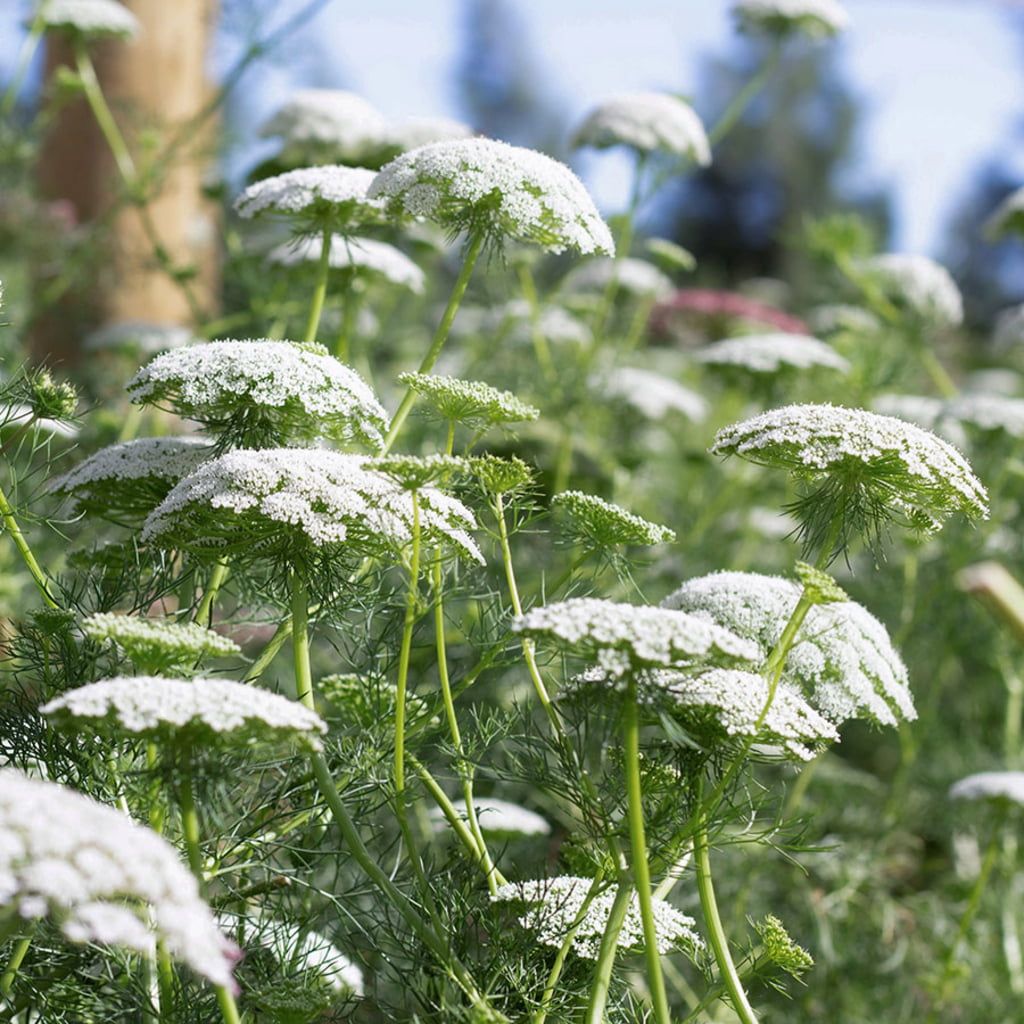
Characteristics
It’s easy to confuse Ammi species with Queen Anne’s lace (Daucus carota). Some Daucus varieties even share the same common name due to their visual similarities. However, despite their appearance, the two are not closely related. Queen Anne’s lace is a type of wild carrot, while ammi belongs to a different genus within the same family. There are about six known species of ammi.
This plant has delicate, fern-like foliage, with leaves that grow from both the base and along the stems. The leaf structure resembles dill or fennel, with fine branching that adds a lovely texture to the garden.
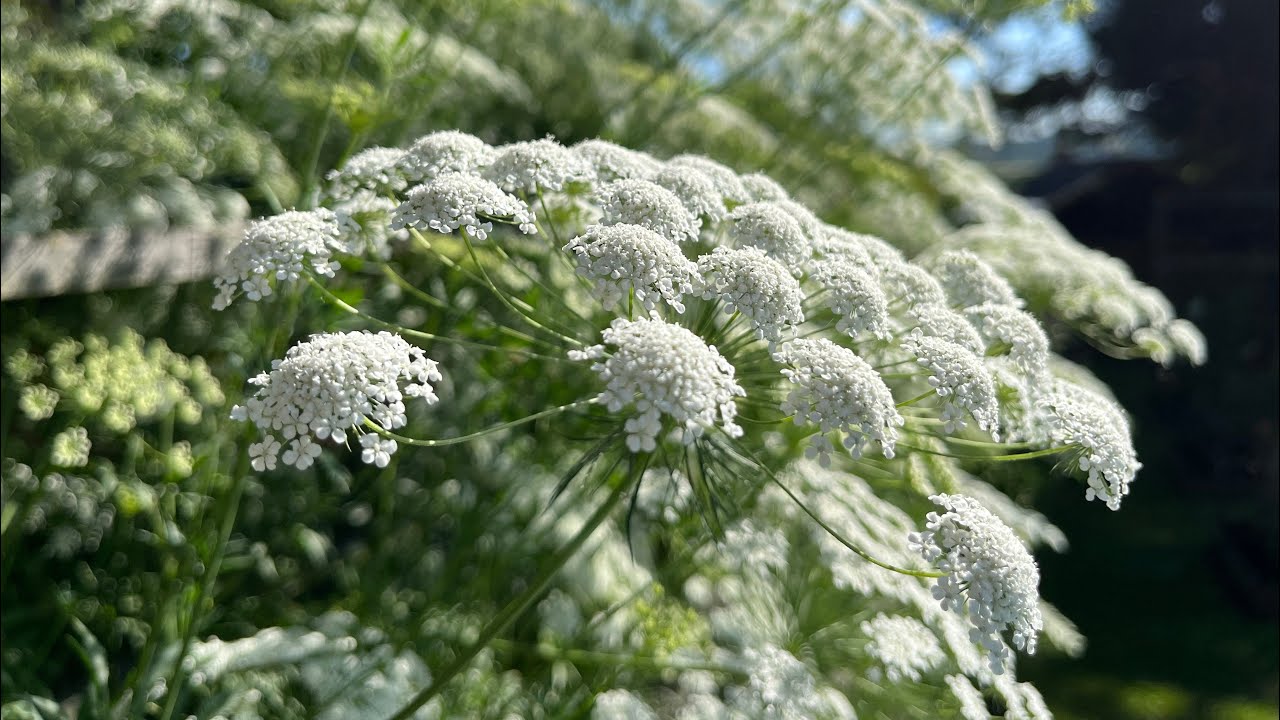
Ammi’s flowers bloom in umbels at the top of slender but sturdy stems, with blooms that can reach up to three inches in diameter. The buds start out pale green, and as they open, they reveal clusters of tiny white flowers that resemble lace—hence the nickname “lace flower.” Once the flowers dry, the plant produces seeds and re-seeds itself effectively.
Uses
In ancient times, the Egyptians used ammi for medicinal purposes, including its antioxidant, antifungal, and antibacterial properties. It was also used to treat skin conditions, kidney stones, and gallbladder stones. The stems were even used to make toothpicks. The seeds have been employed to treat menstrual disorders and leprosy.
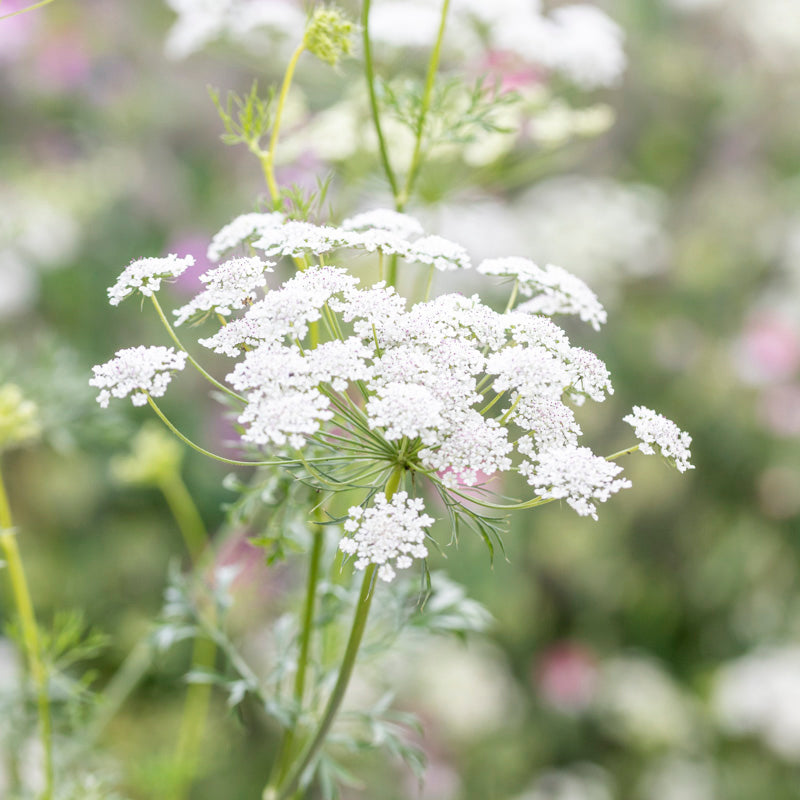
Nowadays, ammi is primarily grown as an ornamental plant. It makes a striking border plant, particularly when paired with other textures. Its lacey, airy appearance is highly valued in floral arrangements, and it’s popular in the floristry industry. Many people also enjoy using dried ammi flowers, as they retain their shape well and make a beautiful addition to dried floral displays.
